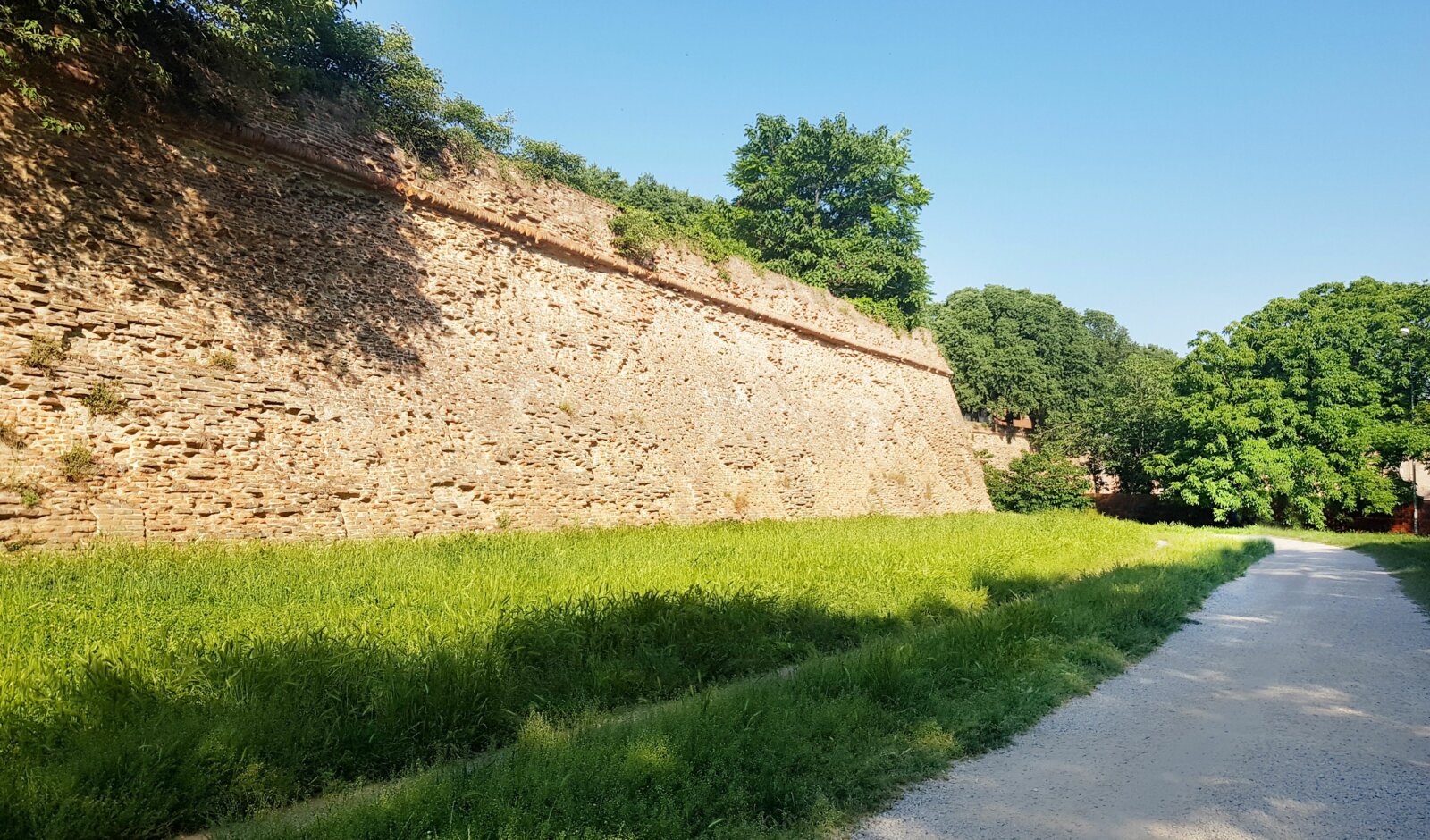You might also be interested

Our city is embraced by 9 kilometres of walls that enclose its historical centre.
The development of these walls began in the first half of the 12th century and continued over time through adjustments in various historical phases.
Today, the walls constitute an enormous garden to be enjoyed during leisure time and beyond.
They are a place for meeting, relaxation and well-being, which has been transformed over the centuries. Bastions, towers and city gates testify the evolution of defensive techniques. Their attraction is therefore primarily historical and architectural, but to this is added, by no means secondary, a cultural and natural interest.
The nature surrounding the walls represents a park in its own right, with a rich biodiversity of flora and fauna. There are also numerous rare and protected species.
If you plan to travel here, you must take a few moments to stroll through these green surroundings that will make you forget the hustle and bustle of the city in a few seconds.
How about a different way to discover the history of the Walls of Ferrara, from its origins to the most recent restoration? Discover the Mura Aperte project and have a cutting-edge experience using augmented reality.

